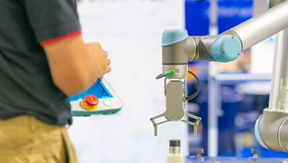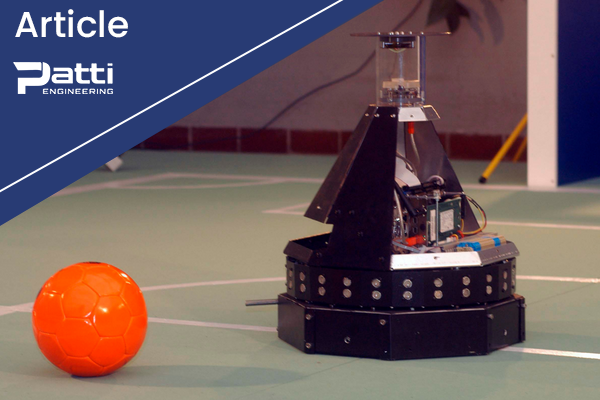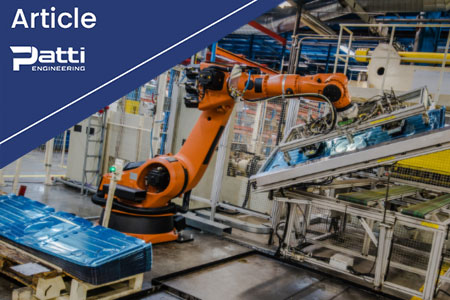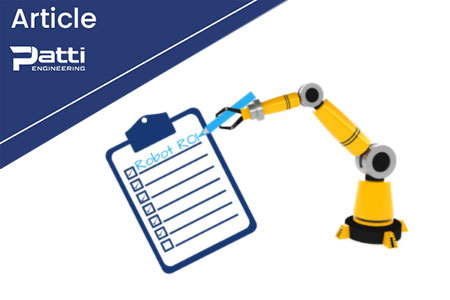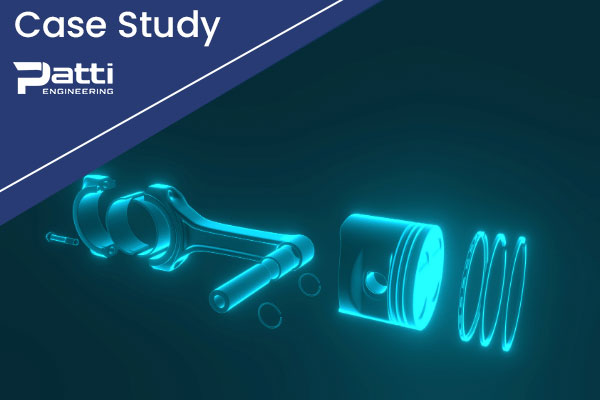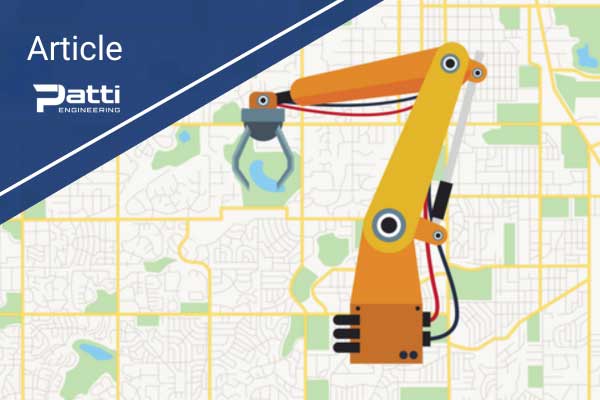
INDUSTRY-LEADING ROBOTICS
Experts in the design and integration of robotic cells to increase productivity, efficiency, safety, consistency, and quality.
Keeping your facility running amidst skilled labor gaps, supply chain deficiencies, and any unforeseen economic changes will require smart solutions and cutting-edge technology. Robotics has the potential to positively transform nearly every work process by raising efficiency and safety levels, increasing production throughput and providing enhanced quality control.
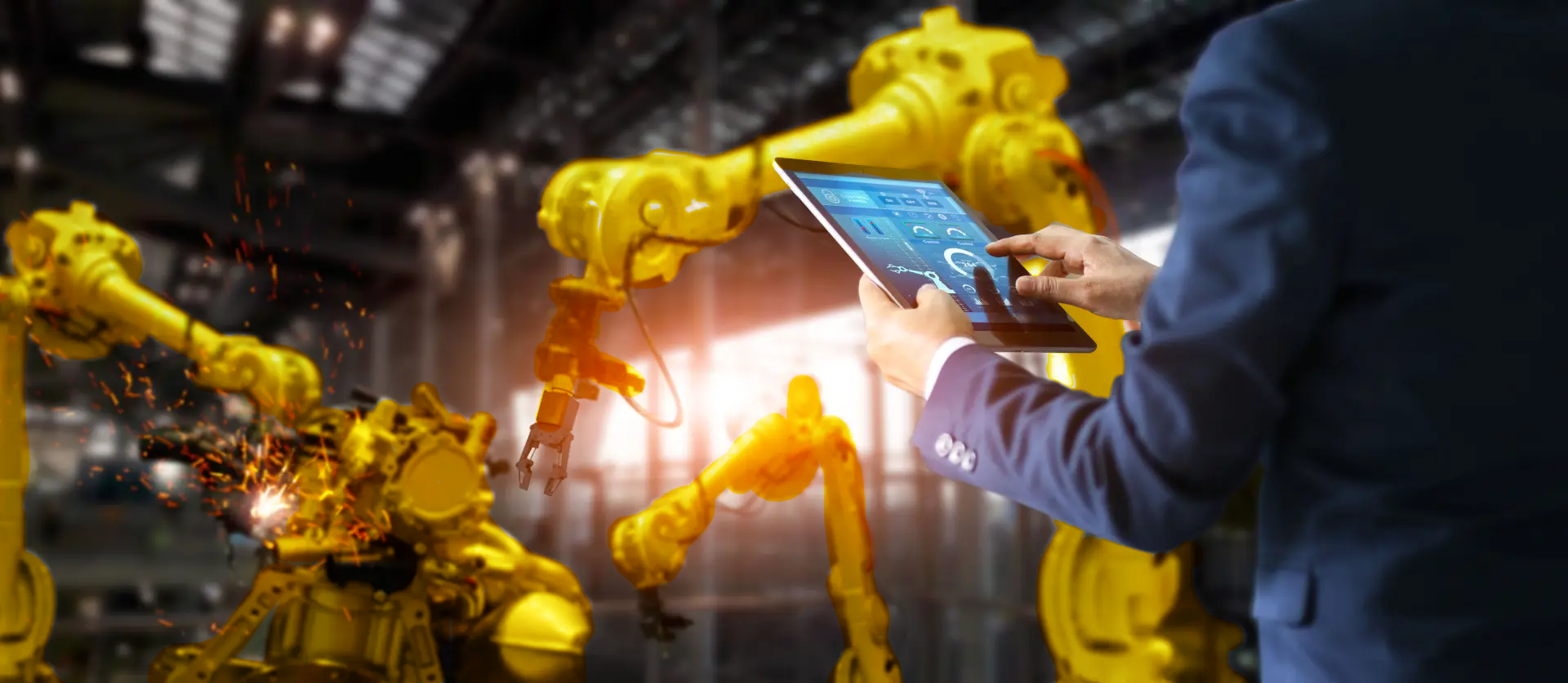

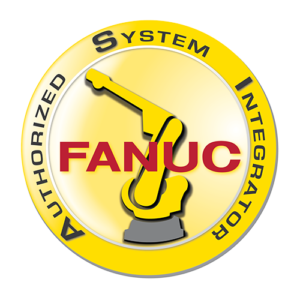
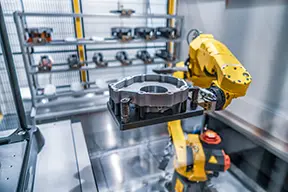 Articulated robots are the most common type of industrial robot. Typically configured to have between four and six axes of rotation, they have a great range of motion that can be used in a variety of applications. Many brands have extensive catalogs of articulated robots, making it easy to select the right payload and speed for the job.
Articulated robots are the most common type of industrial robot. Typically configured to have between four and six axes of rotation, they have a great range of motion that can be used in a variety of applications. Many brands have extensive catalogs of articulated robots, making it easy to select the right payload and speed for the job.